It's an uninspiring truism to say that technology has changed our lives in ways that we never imagined. But as the iPhone 5 is cheered as one of humanity's greatest developments since the first slice of bread, it's time to take a step back and evaluate how. Is technology creating new opportunities for healthy, active and engaged aging? This question may be less fun than asking Siri the meaning of life, but the answer to it may well shape the social and economic success of the twenty-first century and how happy we can be in this new era of older societies.
Our tech-savvy, app-obsessed, 24-hour-plugged-in culture doesn't seem to care much about how technological innovation can transform population aging from an economic sinkhole into a foundation for growth and shared prosperity. For all the "progressive" and "visionary" mythos that lionize Silicon Valley entrepreneurship, the kids in California are pretty far behind the curve on this one.
Yet, while the iPhone 5 hysteria reached its tipping point, a horde of policy wonks, academics and business leaders got together in Tokyo to ask the right questions about how technological innovation can write a better future for an aging society.
At Waseda University in Tokyo, the Organization for Economic Cooperation and Development (OECD) and the Asia-Pacific Economic Cooperation (APEC) held a joint conference entitled, "Anticipating the Special Needs of the 21st Century Silver Economy: From Smart Technologies to Services Innovation." The conference may sound less sexy than Apple's unveiling of the iPhone -- and, make no mistake, it was -- but its significance might just be even greater.
And the reason why is simple. In a year, the iPhone 5 will be the world's most expensive paper weight. But throughout the 21st century, the fate of aging populations will parallel -- and determine -- the fate of the rest of society. And real, game-changing technological innovation is going to be the secret sauce for success.
So while Apple CEO Tim Cook wooed audiences at the Yerba Buena Center for the Arts in San Francisco, the OECD and APEC teamed up with the Japanese government and others businesses, thought leaders, and stakeholders to discuss the agenda for technological innovation and population aging.
Intel Executives, for example, emphasized their "end user strategy," and argued that this approach is leading them to create technologies that aging populations want and need (and not the other way around). In other words, their decades of ethnographic research has revealed to them what the "silver market" wants and needs. And this is huge for a tech company. Because now they're working on ways to keep "seniors" engaged in the work and hobbies that make their lives rich and productive, which we know will also lead to a healthier aging.
Dr. Ruth Finklestein, of the New York Academy of Medicine, joined in with a skyped presentation with Verizon Executives back at their Headquarters in Manhattan, taking a visionary lead on how smart phones with easy-to-read icons can transform the daily lives of older adults. As head of the Age-Friendly New York City initiative, Finklestein is working with Verizon to show how the smartphone can help older adults remain independent far later into life.
Nor did the conference miss a chance to highlight the huge needs around Alzheimer's. Looming not only as the health scourge of our 21st century, with the risks escalating to one in every 2.5 citizens over the age of 85, but also sure to become the fiscal nightmare of our time unless we dedicate the resources, political will and global leadership to more effective care, earlier diagnosis and detection, cure and prevention.
After dozens of insightful talks about how technological developments have the potential to keep aging adults at the heart of social and economic life, the conference ended with a call to action. The Chair put it this way in his closing remarks: "We must innovate in order to mitigate the risks of ageing... But it is not just about new technologies, it is also about social and organizational innovation and, more importantly, about better leveraging the technologies we already have. Alignment needs to happen between government, finance, policy, business and technology development to achieve appropriate innovative solutions."
While the media may not quite get it, OECD and APEC do. And this is a sign that population aging is moving to the center of the global agenda. The next step is for the G-8 and G-20 to connect the dots of population aging, fiscal sustainability and economic growth. Unlike a new version of Angry Birds, this would actually matter. So far, it has eluded them. But maybe they'll see it if "population aging" trends on Twitter.
To be sure, the iPhone 5 is an extraordinary piece of technology, but just not for the reasons we keep hearing about. And the onus is upon us to collaborate so that our miraculous technological progress is used for purposes other than new apps to order gluten-free pizzas. With the right agenda and the right collaboration, technological innovation can turn population aging into the 21st century's greatest success story.
